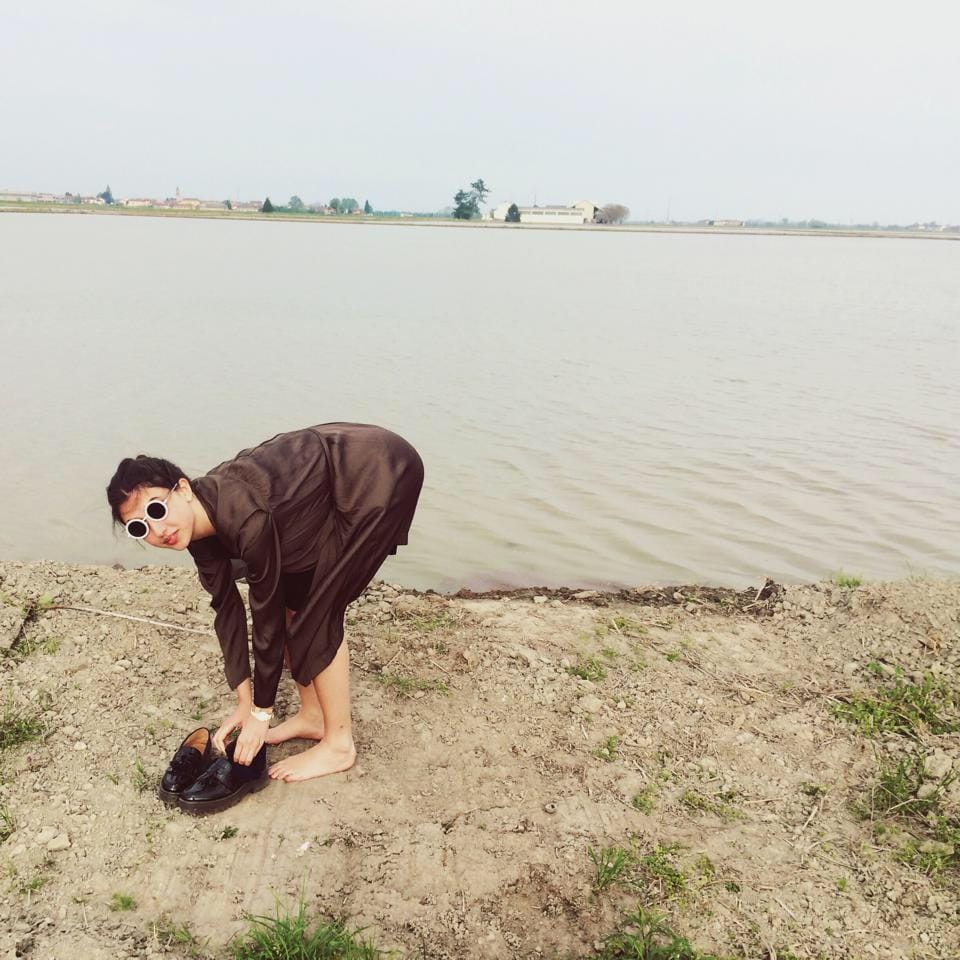A significant earthquake has struck a remote area of Tibet and parts of Nepal, registering a magnitude of 6.8 on the Richter scale. The tremor occurred in the early hours of the morning, sending shockwaves through mountainous regions and prompting immediate concern for the safety of residents. As of the latest reports, at least 53 people have been confirmed dead, with many more injured and unaccounted for, raising fears that the death toll may rise as rescue operations continue.
The epicenter of the earthquake was located near the border between Tibet and Nepal, an area known for its rugged terrain and sparse population. However, the impact of the quake has been felt across a wide area, with reports of landslides and infrastructure damage complicating rescue efforts. Roads have been blocked, and communication lines have been disrupted, making it challenging for emergency services to reach the hardest-hit areas.
Local authorities in both Tibet and Nepal have mobilized rescue teams to search for survivors and provide assistance to those affected. The response has included the deployment of medical personnel and the establishment of temporary shelters for displaced individuals. Humanitarian organizations are also stepping in to provide food, water, and medical supplies to the impacted communities.
In addition to the immediate loss of life, the earthquake has caused significant destruction to homes, schools, and other critical infrastructure. Many buildings, particularly those constructed with inadequate materials, have collapsed, leaving families homeless and vulnerable. The government has called for international assistance to aid in the recovery efforts, emphasizing the need for resources to support both immediate relief and long-term rebuilding.
Seismologists have indicated that the region is seismically active, with earthquakes occurring periodically due to the tectonic activity associated with the collision of the Indian and Eurasian plates. This latest quake is a reminder of the ongoing risks faced by communities living in such geologically unstable areas. Experts warn that aftershocks are likely to follow, which could further threaten the safety of residents and hinder recovery efforts.
The international community has expressed condolences and solidarity with the affected regions. Various countries have offered assistance, including search and rescue teams, medical supplies, and funding for recovery efforts. The response has highlighted the importance of global cooperation in times of disaster, as nations come together to support those in need.
As the situation develops, authorities are urging residents in the affected areas to remain vigilant and to follow safety protocols in the event of aftershocks. Public awareness campaigns are being launched to educate communities about earthquake preparedness and the steps they can take to protect themselves in future seismic events.
The earthquake’s impact extends beyond the immediate loss of life and property. It poses significant challenges for the local economy, which may take years to recover. Agriculture, tourism, and local businesses are likely to suffer as infrastructure is repaired and communities rebuild. Long-term recovery plans will need to address not only the physical damage but also the psychological impact on survivors, many of whom have experienced trauma and loss.
In conclusion, the powerful earthquake that struck Tibet and Nepal has resulted in a tragic loss of life and widespread destruction. Rescue and recovery efforts are underway, with local and international organizations working tirelessly to provide aid to those affected. As the region begins the long process of healing and rebuilding, the resilience of the communities will be tested, and the global community will continue to monitor the situation closely.



